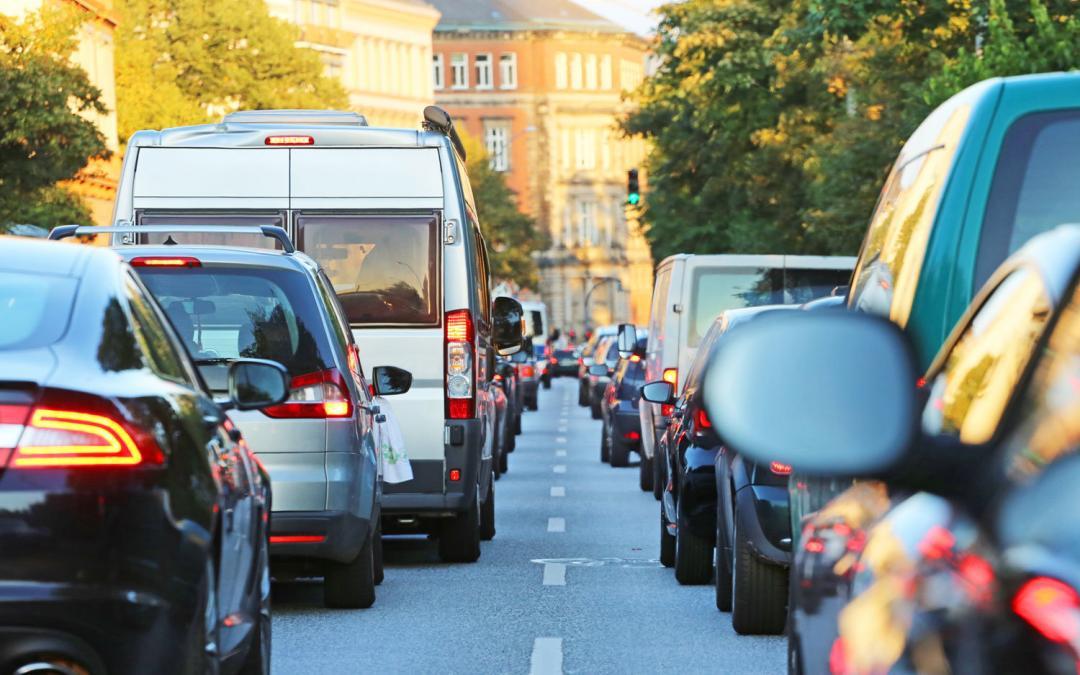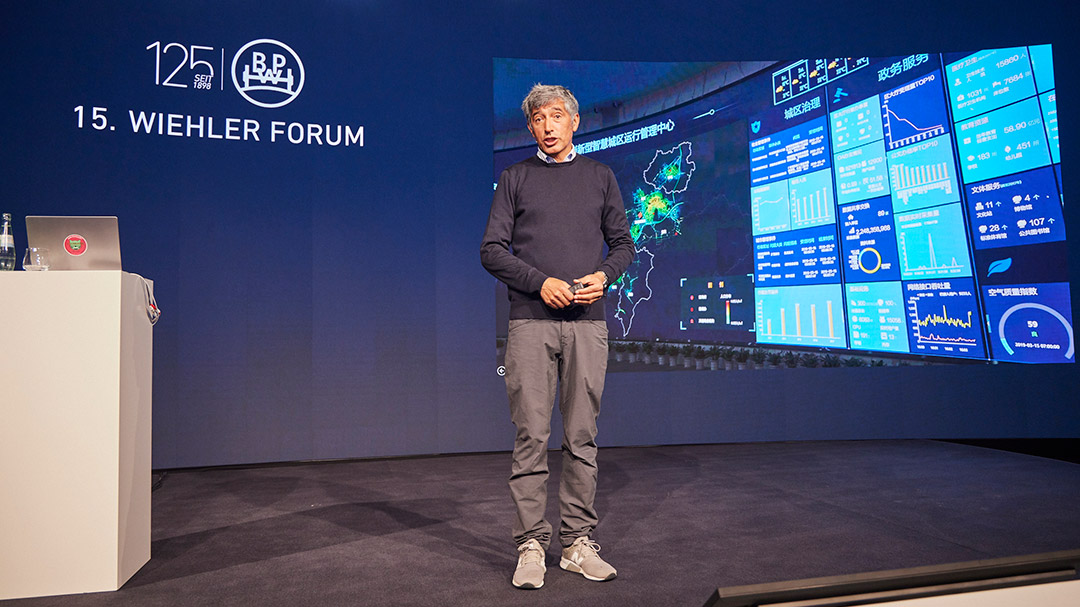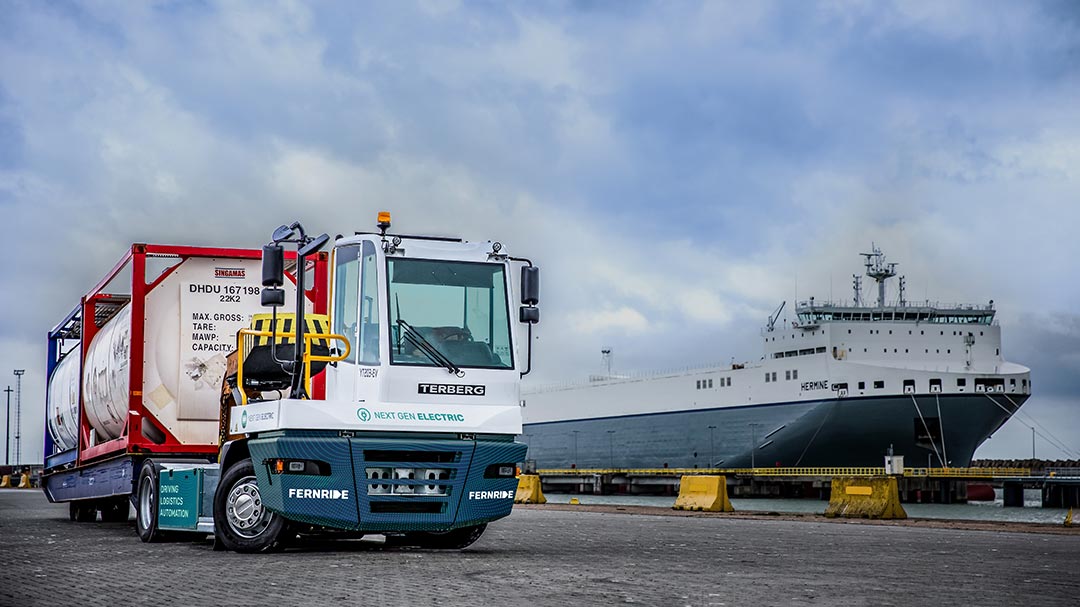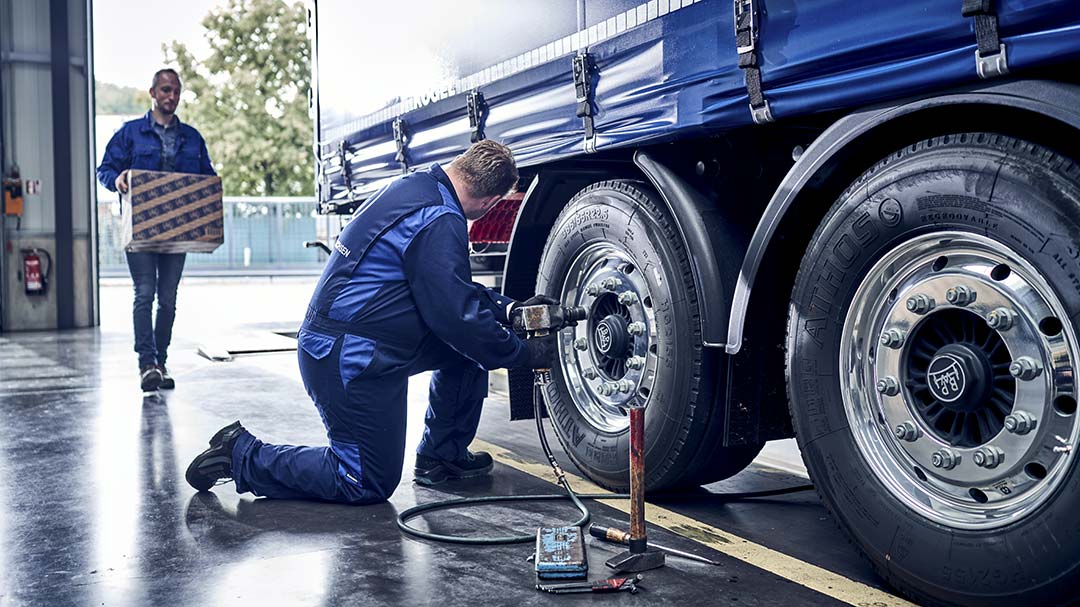Reading time approx. 4 minutes
Text: Lara Sogorski
Photos: iStock – Canetti, Roman Brodel, fotolia – mast3r
Congestion, noise, exhaust gases – new mobility concepts are essential if cities are to become pleasant places to live again. The content of such concepts is among the topics being investigated by the German Institute for Urbanism.
Translating the vision into reality
Many German towns and cities currently have very little in common with this view of the future, but Lindloff is determined to bring about change. She is examining how the urban landscape can be redefined in order to achieve the desired improvements. As the largest institute of its kind in the German-speaking countries, the Difu is a research and educational establishment and a source of information for municipal authorities, local government associations and regional planning groups. It addresses a variety of issues, such as the fundamental principles governing mobility, how to influence traffic behaviour, and the interaction of urban structures, land use, accessibility and transportation. Local communities face diverse challenges – growth in the number of people living in towns and cities, for example, is inevitably giving rise to denser traffic, more noise and a greater risk of accidents. At the same time, investment is required to promote walking and cycling as viable options for covering short distances, and to develop local public transport. In short, integrated concepts are essential.
An autonomous future
“At present, local public transport is seen as the best means of moving large numbers of people around in a pro-environmental and easily accessible way,” comments Lindloff. On the other hand, she insists, its effectiveness is subject to limitations in large cities in particular. Even though more people would use urban transport systems if they could, some operators are simply unable to increase their capacities. “A new solution to the problem of mass transportation could entail the introduction of autonomous or automated driving systems,” she says. Driverless buses can enhance efficiency by allowing a more frequent service to be operated. Gains can also be made as regards fuel consumption, maintenance and repairs. Smaller autonomous vehicles can play an important role, moreover, in ferrying passengers to hubs serving high-speed trains and buses. They can also be used to plug existing gaps in service provision where demand exists. In view of tight budgets, however, Lindloff explains that many local communities currently lack the means to invest in such forward-looking technology.
For its part, Hamburg is seeking nonetheless to set a good example. The first driverless buses are expected to be taking to the city’s streets in just a few years’ time. Hamburger Hochbahn, the company that operates the underground system and large parts of the bus system in Hamburg, intends to open pilot routes for testing autonomous buses by 2021. Berlin and Leipzig are already examining autonomous scheduled bus services, including in collaboration with the railway company Deutsche Bahn.
Driverless technology has the potential to improve city life in the individual transport segment as well, typically by way of car sharing schemes. At present, a lot of open space in towns and cities is put out of bounds by parked cars. Lindloff argues that much of the demand for parking spaces would disappear if shared driverless cars could interact and, immediately after setting down their passengers, continue their journey to the next customer. “But this is a scenario for the more distant future,” she concedes.

»Policy makers must plan wisely and take a far-sighted view as they address and regulate the major challenges facing towns and cities.«
Dr Kirstin Lindloff, academic assistant at the German Institute for Urbanism in Berlin (Difu)
Environment-friendly delivery traffic
The IT industry association Bitkom expects around 57 percent of goods to be transported by autonomous vehicles, including drones and delivery robots, in ten years’ time. Lindloff takes a more sceptical view of some aspects. Although she regards drones as a conceivable option for urgent drug deliveries, for example, “Pilotless radio-controlled aircraft and robots can carry only small payloads, so that their widespread use would actually create more congestion.”
Some innovative delivery concepts are already being implemented, however, such as cargo bikes for transporting goods the final short distance to their destinations. “Sustainable solutions such as these can effectively combat inner city traffic jams and emissions even as the volume of goods increases,” she insists. Several large transit hubs could be established in towns and cities in future to accommodate shipping containers, she says, for accepting a variety of companies’ goods for onward delivery by environment-friendly means of transport. “But we have only recently started to develop such concepts,” remarks Lindloff. She points out that vehicles with electric drives are steadily gaining in significance as well, “The use of electric trucks in particular, as well as e-cargo bikes, can substantially reduce the extent of nitrogen oxide, particulate and noise pollution in towns and cities.” BPW’s eTransport solution is a case in point. This new electric axle drive concept was developed specifically for delivery vehicle manufacturers and can be integrated in a variety of models. It is configured to cope with a typical day’s deliveries in an urban setting, while retaining some capacity for additional trips. The system recharges within a few hours overnight.
Lindloff believes that policy makers will ultimately determine which of the competing concepts will prevail in the long run. She is certain that a diesel ban, for instance, would prompt an increase in the number of cargo bikes and electric vehicles on the roads. Furthermore, the federal government has expressed a commitment to developing the network of e-vehicle charging points. It intends to make subsidies totalling around 300 million euros available in the period to 2020. “Policy makers must plan wisely and take a far-sighted view as they address and regulate the major challenges facing towns and cities,” claims Lindloff. Developing vehicle recharge stations, she comments, clearly has a key role to play here. “From a scientific perspective, infrastructure improvements are considerably more effective than purchase incentives for consumers.“







